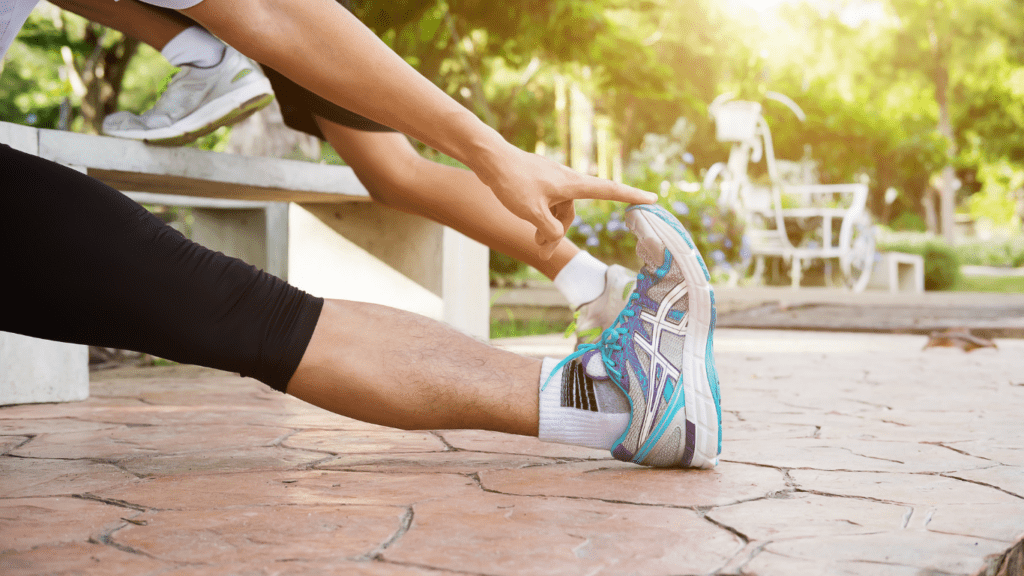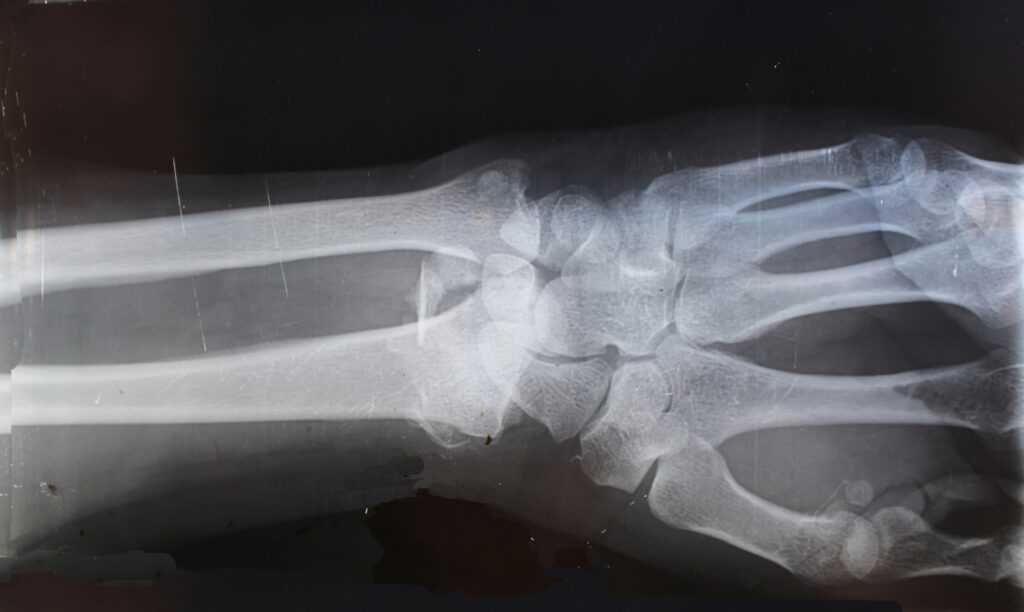The Role of Warm-Ups in Enhancing Running Performance
Why Warm-Ups Are Crucial Before Running
Warm-ups serve as a critical preparatory phase before running. They elevate muscle temperature, improve oxygen uptake and increase blood flow.
- Prevention of Injuries: Warm muscles are less prone to strains and tears. By gradually increasing muscle temperature, warm-ups reduce the risk of injury.
- Joint Lubrication: Synovial fluid production increases during warm-ups. This fluid lubricates joints, allowing for smoother and more efficient movement.
- Mental Preparation: Warm-ups provide time to mentally prepare for the run. This mental readiness can improve focus and performance.
How Warm-Ups Impact Your Running Efficiency
Incorporating warm-ups enhances overall running efficiency. By priming the body, warm-ups pave the way for optimal performance.
- Enhanced Muscle Activation: Dynamic stretches activate key muscle groups. Activation improves muscle coordination and power during the run.
- Improved Range of Motion: Warm-ups increase flexibility. Enhanced flexibility leads to longer strides and better running form.
- Faster Oxygen Delivery: Elevated heart rate from warm-ups ensures quicker oxygen delivery. Efficient oxygen delivery combats fatigue and sustains energy levels.
By acknowledging the significance of warm-ups, runners can improve their performance and minimize risks.
Key Components of an Effective Running Warm-Up
An effective running warm-up involves several key components designed to prepare your body for the physical demands of running.
Dynamic Stretches to Include in Your Routine
Dynamic stretches improve flexibility and mobility. Leg swings, high knees, and walking lunges stretch major muscle groups while improving range of motion.
These dynamic movements activate muscles used in running, helping prevent injuries. Incorporate these stretches to ensure your muscles are ready for the run.
Cardio Exercises to Raise Your Heart Rate
Cardio exercises elevate heart rate and increase blood flow. Short bursts of jogging, jumping jacks, and butt kicks condition your cardiovascular system for the run.
These exercises also enhance overall endurance. Engaging in these activities prepares your heart and lungs, ensuring you’re ready for sustained physical exertion.
Common Mistakes to Avoid in Running Warm-Ups

Runners often make mistakes during their warm-ups that can negatively affect their performance and increase the risk of injury. Identifying and correcting these errors ensures an effective preparation routine.
Overstretching: Risks and How to Avoid Them
Overstretching leads to muscle strains and decreased performance. Static stretches before a run can reduce muscle power and elasticity, making injuries more likely.
To avoid overstretching, focus on dynamic stretches that involve controlled movements. For example, leg swings and arm circles keep muscles active without overstressing them.
Always perform stretches within a comfortable range of motion without forcing movements.
Timing Your Warm-Up Correctly
Incorrect timing diminishes the benefits of a warm-up. Warming up too early or too late can lead to ineffective muscle activation or fatigue before the run.
Start your warm-up 10-15 minutes before running to ensure optimal muscle readiness. Incorporate light cardio activities like jogging or jumping jacks to gradually raise heart rate and body temperature.
This preparation helps avoid early fatigue and maintains peak performance throughout the run.
Tailoring Warm-Ups to Different Running Styles
Different running styles require specific warm-up routines to maximize performance and prevent injuries. Sprinters and long-distance runners need tailored activities to suit their unique demands, and terrain or weather variations call for adjustments to your warm-up routine.
Adjustments for Sprinters vs. Long-Distance Runners
Sprinters rely on explosive power and quickness.
Their warm-ups should prioritize dynamic movements and activation exercises to boost fast-twitch muscle fibers. Include high knees, butt kicks, and plyometric exercises like box jumps.
Long-distance runners focus on endurance and efficient muscle function.
Their warm-ups should incorporate low-intensity cardio and dynamic stretches that gradually increase in intensity, such as:
- leg swings
- arm circles
combined with a light jog.
Warm-Ups for Varied Terrains and Weather Conditions
Warm-up routines need to adjust based on the terrain. If running on trails with uneven surfaces, include exercises that enhance stability and balance, like single-leg hops and lateral lunges.
Weather conditions also impact warm-up needs. In cold weather, extend the duration of your warm-up to increase muscle temperature, incorporating longer jogging sessions and more dynamic movements.
In hot weather, keep the warm-up shorter to avoid overheating but include hydration pauses.
By customizing your warm-up based on running style, terrain, and weather, you’ll optimize your readiness and reduce the risk of injury.



